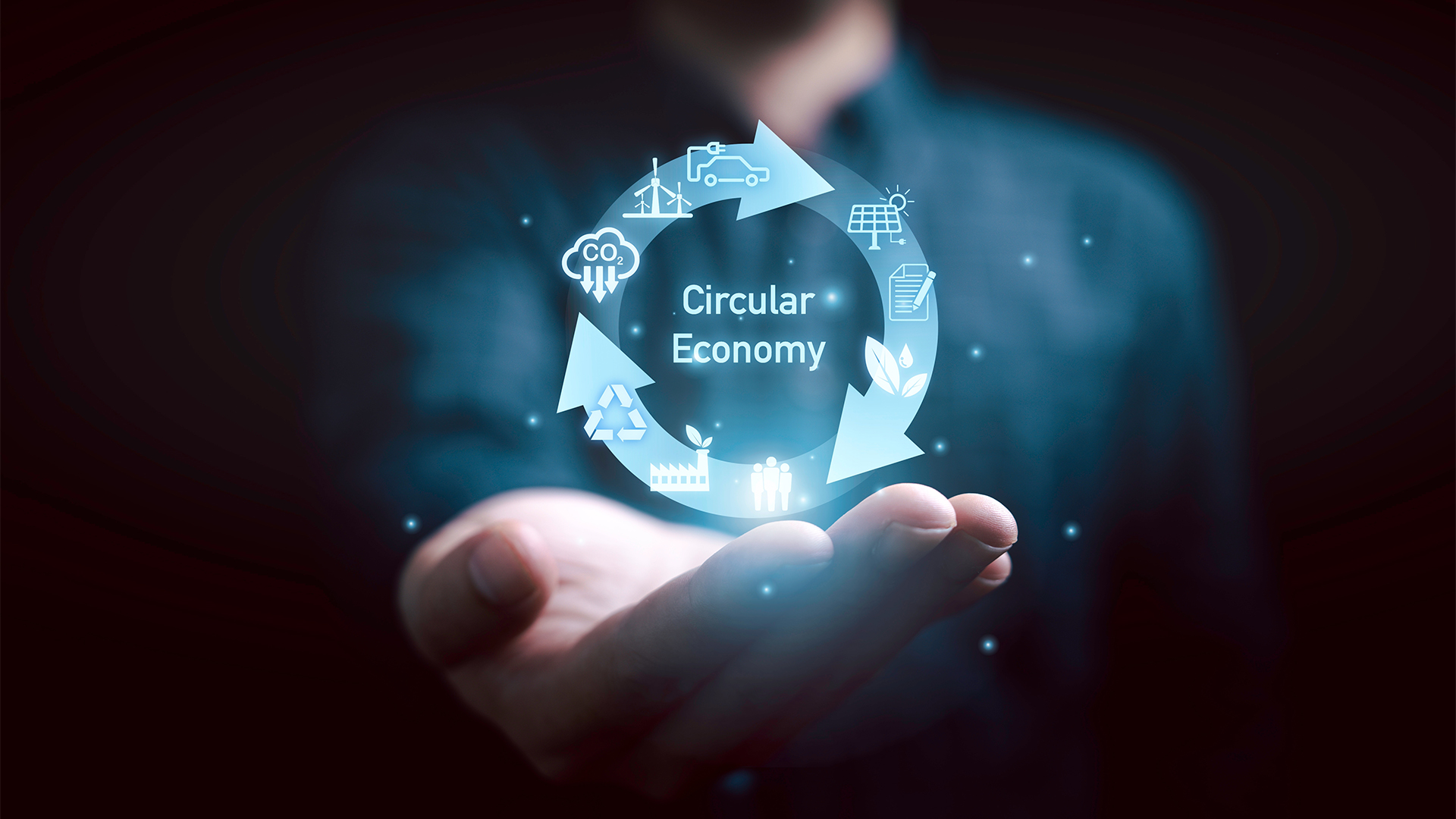What is Circular Economy and Why is it Important for the Ecosystem?
14 Kasım 2024Circular economy is an economic model designed to make more efficient use of natural resources and minimize waste. Unlike the traditional "take, use, dispose" model, it aims to extend the lifespan of products and recycle materials as much as possible. This approach enhances both environmental and economic sustainability. Circular economy encourages the reuse, repair, refurbishment, and recycling of products.
Why is Circular Economy Important for the Ecosystem?
- Conservation of Natural Resources
Circular economy plays a major role in protecting ecosystems by using limited natural resources more efficiently. Through recycling and reuse, fewer raw materials are extracted from nature. This helps prevent the destruction of forests, oceans, and other natural habitats. - Reduction of Waste
The circular economy model significantly reduces waste production. In the traditional economy, products are discarded after use, leading to the depletion of natural resources. In contrast, circular economy reduces waste at the source and turns waste into valuable raw materials through methods like recycling and composting. This prevents landfills from growing and reduces environmental pollution. - Reduction of Carbon Footprint
Circular economy has a significant impact on energy efficiency and carbon emissions. By making production processes more efficient and recovering waste, it reduces carbon emissions. This contributes to the fight against climate change. - Economic Sustainability
Circular economy not only protects the environment but also strengthens the economy. Recycling and reuse processes create new job opportunities and support local economies. Manufacturers reduce costs by using waste as raw materials and use less energy. This makes products cheaper and more sustainable. - Change in Consumption Habits
Circular economy requires a change in consumer habits. People begin to focus not only on the functionality of products but also on their durability and repairability when purchasing. This promotes the production of higher quality products and shifts consumer demand towards options that do not harm the environment.
The Relationship Between Circular Economy and Ecosystem
The relationship between circular economy and ecosystems is very strong. This model ensures the conservation of natural resources and supports biodiversity. Natural ecosystems are essential for sustainable living. Thanks to circular economy, production can be done without harming ecosystems, and waste does not mix with nature. Additionally, measures such as energy savings and reduced water usage contribute to the protection of ecosystems.
Pathways to Transition to Circular Economy
Transitioning to a circular economy requires several steps and strategies:
- Product Design
Products must be designed to be durable, recyclable, and reusable. This encourages both manufacturers and consumers to focus on sustainable design principles. - Recycling Infrastructure
By establishing efficient recycling infrastructure, waste can be turned into raw materials. This infrastructure should be supported by both local governments and companies. - Consumer Awareness
Raising consumer awareness about sustainable consumption is critical to the success of the circular economy model. - Policies and Regulations
Governments can promote the transition by developing policies that support circular economy, such as tax incentives and recycling laws, which can accelerate the process.
Biotrend Energy's Circular Economy Activities
Biocircular Business Model and Sustainable Greenhouse Agriculture
Linear economy rapidly consumes our limited natural resources and forms the basis of global environmental problems. With our principle of adding value to waste, we embrace the biocircular economy model, which contributes both plastic waste and organic waste to the economy as raw materials and energy. By producing compost from park and garden waste, we take care of our soil, and by generating energy from biomass, we power our industry. Through the green transformation we create, we contribute to the planet.
At our Sivas facility, we heat our greenhouse with biofuel and grow tomatoes in our soil-free greenhouse using the circular economy model, without the use of agricultural chemicals. We are proud of our projects aligned with the country's National Energy Efficiency Action Plan agricultural targets.
Investing in Circular Economy
As part of our agreement with Honeywell, we will establish a plant that uses the licensed UpCycle Process technology to convert plastic waste into recycled polymer raw materials. This facility will be launched in 2027. The fact that this facility will recycle plastic back into its original raw material and enable a true circular economy model demonstrates that it will be one of the first of its kind, not only in Turkey but also globally.
Conclusion
Circular economy offers a great opportunity not only for environmental but also for economic sustainability. The conservation of natural resources, reduction of waste, decrease in carbon emissions, and creation of economic opportunities are the key benefits of this model. Circular economy is an important step in building a more efficient and resilient economy while protecting ecosystems. This transition will be possible through the cooperation of all stakeholders, including producers, consumers, governments, and civil society organizations.





